Common Christmas Cactus Diseases: How To Identify, Treat, And Save Your Plant
Learn how to spot, treat, and prevent the most common Christmas cactus diseases to keep your plant healthy and flowering.

Christmas cactus diseases aren’t common but can quickly prove fatal. Fungal and bacterial diseases spread throughout the plant, and if treatment is not swift, those show-stopping holiday flowers will soon become a distant memory.
Like most Christmas cactus problems, diseases are often caused by poor or contaminated soil, overcrowding, overwatering, and generally poor Christmas cactus care. Left untreated, diseases may lead to deathly root or stem rot.
Our tips on identifying common diseases of Christmas cactus will help treat and prevent any incidents. If you have one of the other types of holiday cactus, you can also use this guide to treat those plants, as Thanksgiving cactus care and Easter cactus care are similar.

Browse rare houseplants, stylish pots, and accessories to elevate the everyday. The new Gardening Know How Shop is your go-to plant care destination.
Common Christmas Cactus Diseases
Improper soil type, lack of ventilation, contamination, and overwatering can all lead to a fungal bloom. Several different types of fungi may cause problems on Christmas cactus plants, while bacterial disease may also be the culprit. Each of these diseases has slightly different symptoms.
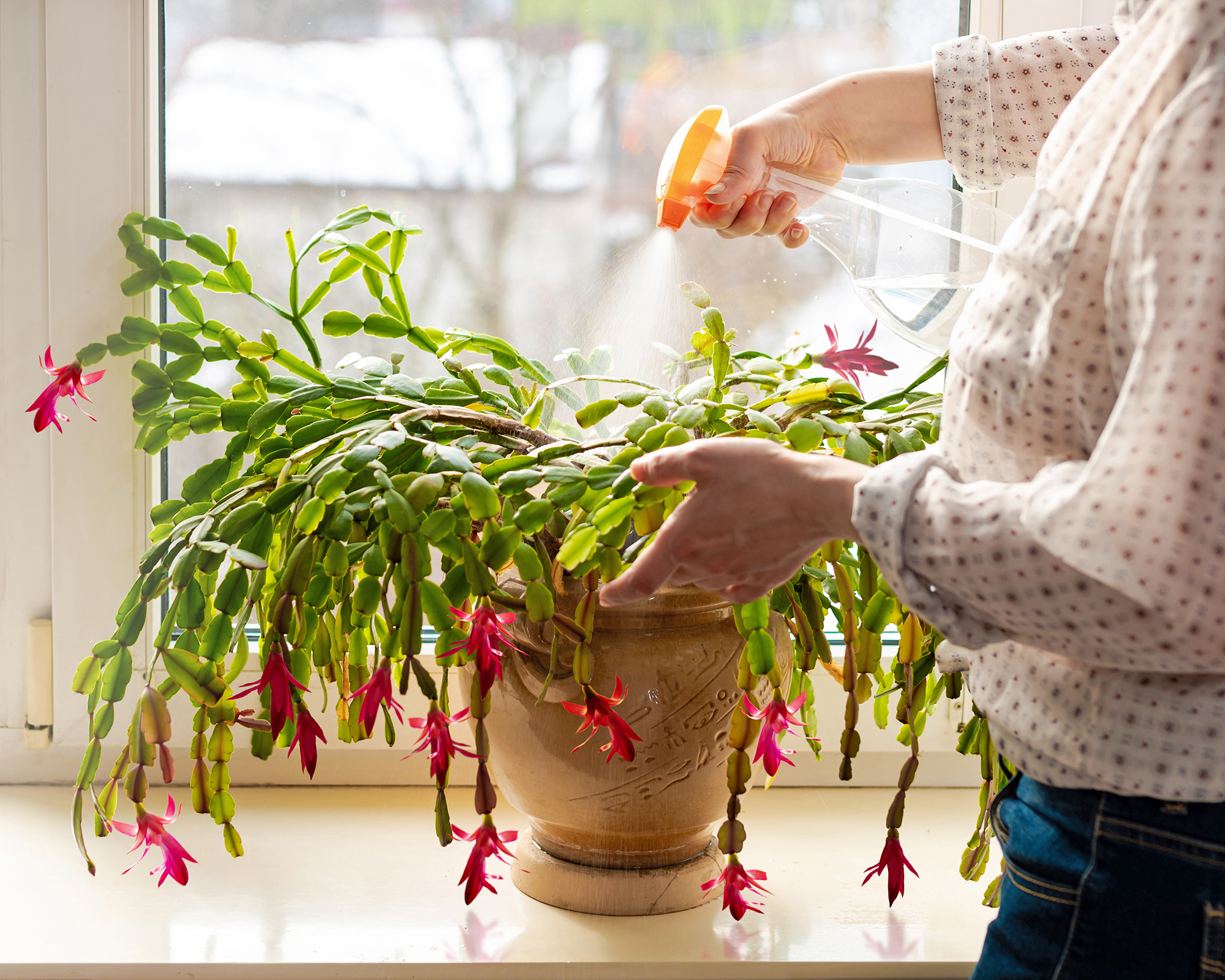
1. Botrytis Blight
Also known as gray mold, botrytis blight is a common fungal disease in many plants that develops in cool, wet, or humid conditions. Look out for Christmas cactus flowers falling off after developing gray mold. Where plants are kept in particularly humid conditions, the stems may also be affected.
Keeping plants in a warmer location and providing air circulation can help prevent botrytis blight. To treat the disease, apply a homemade fungicide spray or soil drench, improve ventilation, and reduce humidity to prevent future outbreaks.
2. Necrotic Spot Virus
A common disease of impatiens and several other plants, necrotic spot virus can also infect Christmas cacti. The disease may be spread by thrips, which are one of the Christmas cactus pests to look out for.
Gardening tips, videos, info and more delivered right to your inbox!
Sign up for the Gardening Know How newsletter today and receive a free copy of our e-book "How to Grow Delicious Tomatoes".
Unfortunately, necrotic spot virus can be difficult to spot in the cactus and may remain symptomless. Yellow leaves, spotted plant material, or the Christmas cactus wilting are good indicators.
There is no treatment for the disease and it can spread to other plants. However, if you are not sure this is the issue, try isolating the plant and repot the Christmas cactus into a clean container with fresh potting mix. If things don't improve, then destroy the plant.
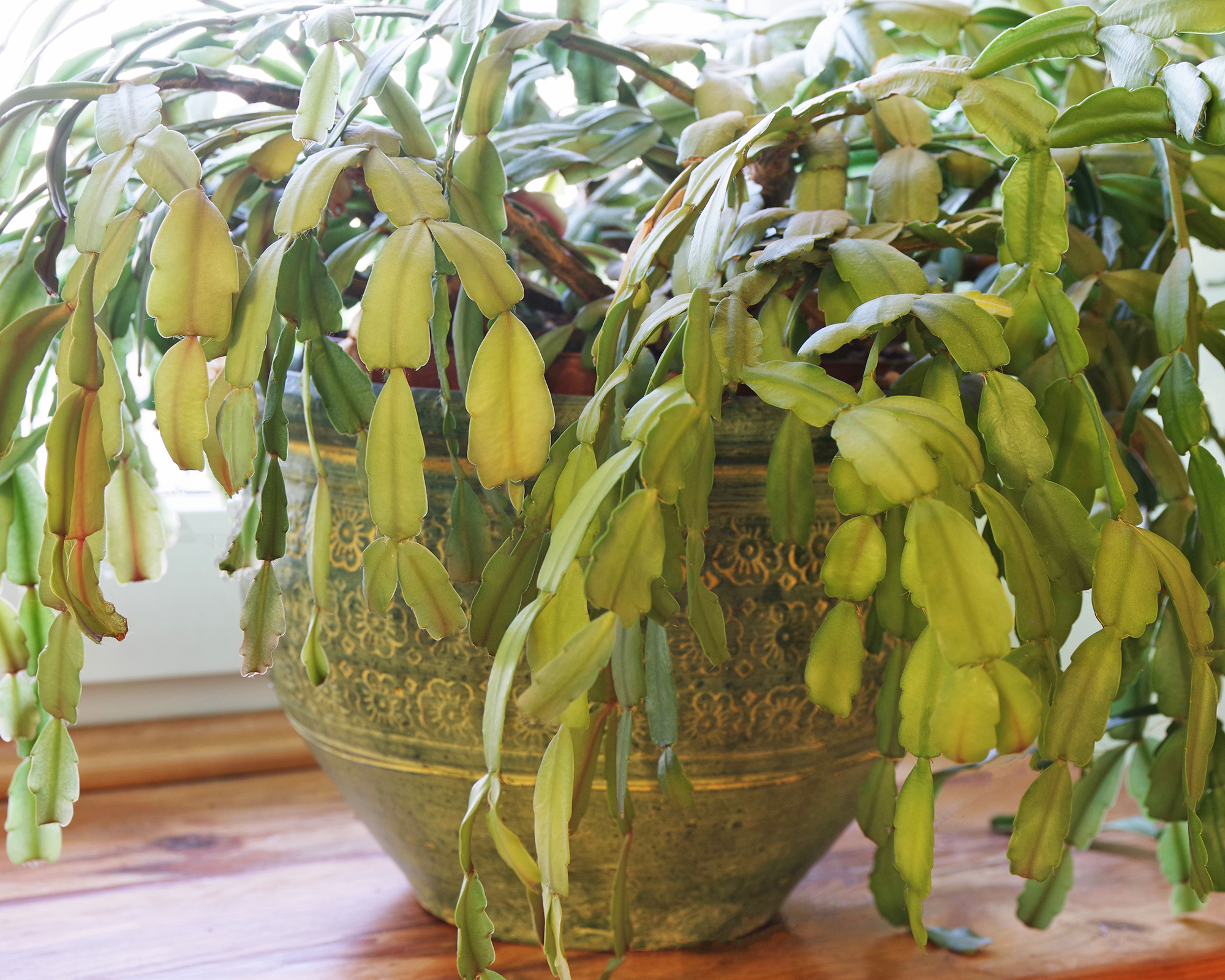
Yellowing leaves are a possible symptom of Christmas cactus disease
3. Fusarium
Fusarium has a broad range of plant hosts and leads to wilt and rot. In Christmas cacti, it can cause sunken reddish orange water-soaked lesions. Over time it can cause root and stem rot. A pinkish-white mold can develop at the soil line. The fungus is often found in soil and favors high temperatures and moist soil.
It is difficult to treat fusarium in plants, so if the disease is advanced, it's best to start afresh. However, if there is enough healthy-looking plant matter, you can try treatment. Remove all parts of the plant – roots and stems – that show signs of infection, sterilizing the pruners between each cut. Repot the cactus into fresh potting soil and apply a fungicide drench labeled for treatment of fusarium.
4. Phytophthora and Pythium
These diseases have similar symptoms. Both cause root and stem rot. Phytophthora causes reddish lesions on the stems and graying plant material. Pythium also produces lesions that lead to rot. Wet, warm conditions promote the fungal spread
You can attempt to treat these issues by cutting away any affected plant matter, repotting, and applying a fungicide listed for these diseases.
5. Erwinia Carotovora
Erwinia carotovora is a bacterial disease that causes soft rot in plant tissues. The lower parts of the stem are first infected and the disease progresses up to the terminal ends. The bacteria causes black, slimy lesions, wilting, and finally plant collapse.
Avoid overhead watering since the bacteria live in the soil and splash up onto the plant stems. There is no treatment for this disease and plants must be destroyed.
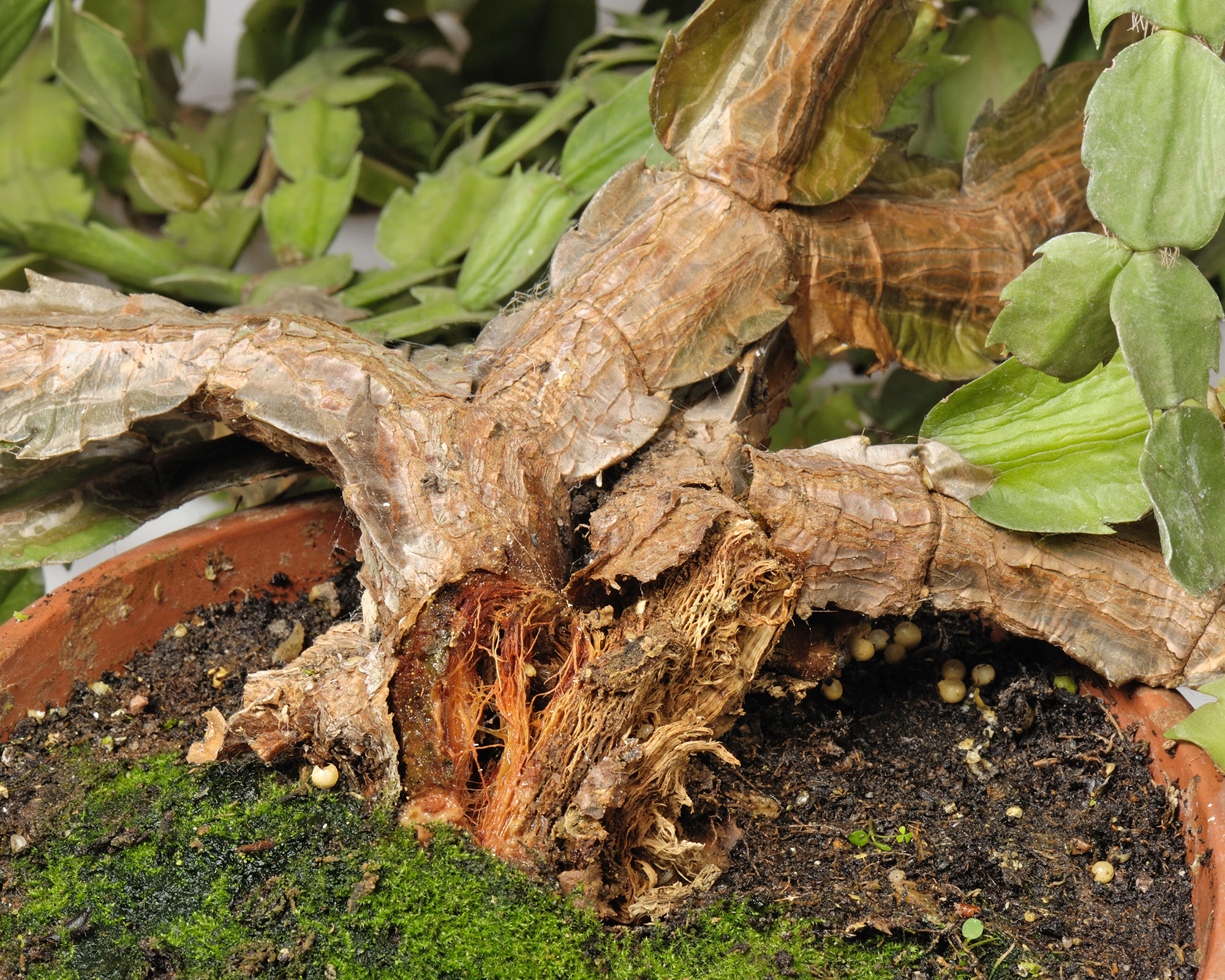
Thanksgiving cactus with Erwinia carotovorum bacterial soft rot damage
6. Basal Stem Rot
Basal stem rot, which generally develops in cool, damp soil, can be caused by more than one type of bacteria. It is easily recognized by the formation of a brown, water-soaked spot at the base of the stem. The lesions eventually travel up the stem of the plant.
Unfortunately, basal stem rot is usually deadly because treatment involves cutting the diseased area from the base of the plant, which removes the supportive structure. The best recourse is to start a new plant with a healthy leaf.
7. Root Rot
Many of the above diseases can cause Christmas cactus root rot, but there are other fungi present in the soil that can cause the roots to decay. The major causes are an overwatered Christmas cactus and compacted soil. Cultural adjustments can prevent any root rots which will kill the plant.
If you suspect a root rot, pull the plant from its container and examine the roots. If they are discolored, slimy, smelly, or have lesions, root rot is a suspect. If the disease hasn’t progressed too far, cut out infected roots and rinse the remaining roots free of the infected soil. Sterilize a container and repot the cactus, taking care not to overwater in the future.
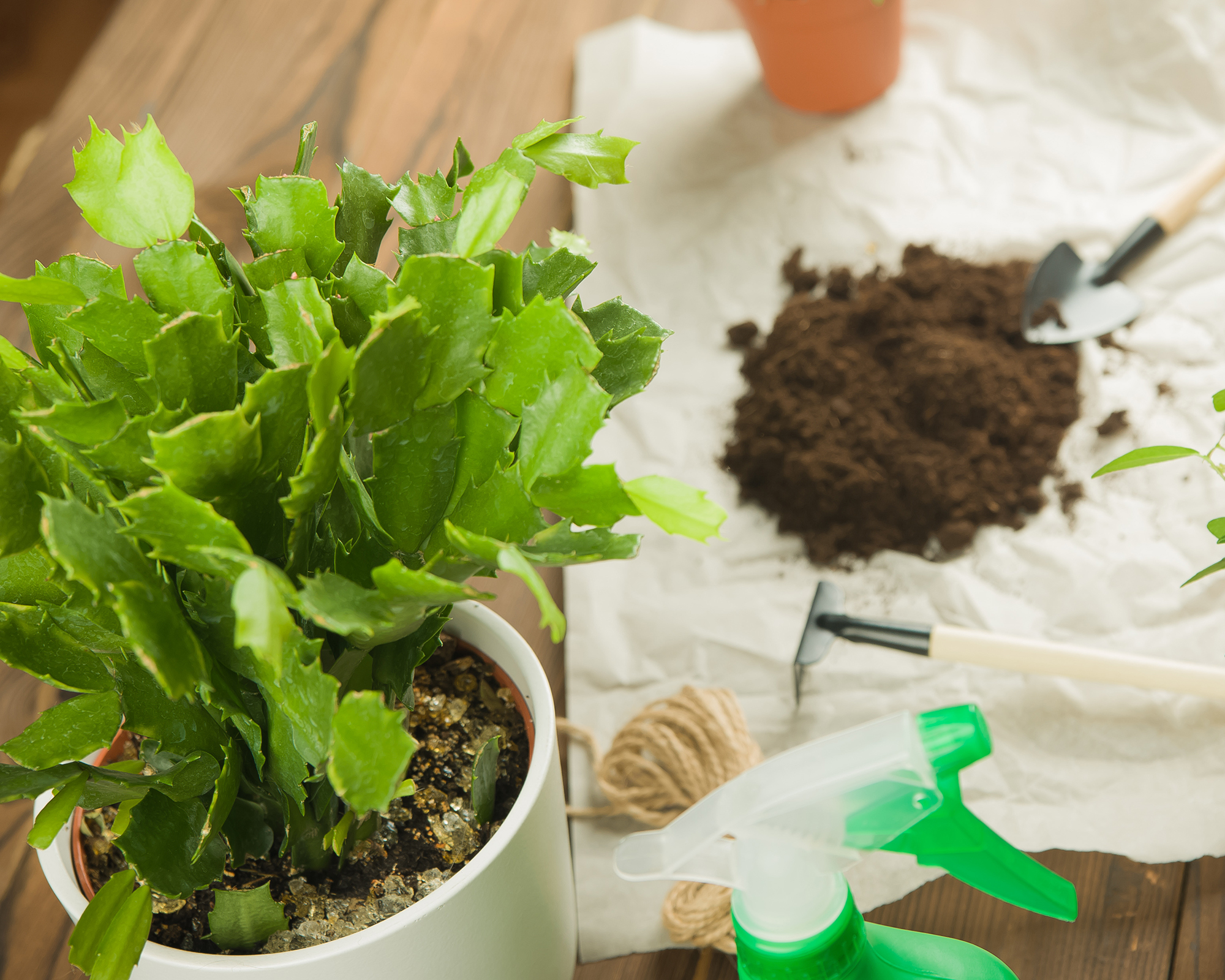
Treating Christmas Cactus Diseases
Fungicides are not always effective against Christmas cactus diseases because specific pathogens are difficult to identify, and different pathogens require different products.
If the disease has progressed throughout the plant, then it is often best to discard it and start again. If there is an undiseased section of the plant, try taking some cuttings and learn how to propagate a Christmas cactus. But keep the cuttings away from your other plants and see how they go.
If you want to try to save the plant, first isolate it to avoid infecting your other houseplants, then the treatment is similar to root rot. Remove the plant from its pot, and trim away any diseased roots or plant matter. Let the plant dry out overnight before repotting in fresh potting mix in a sterilized container. A good Christmas cactus soil mix holds water but is well draining: try 1 part potting soil, 2 parts peat, and 1 part vermiculite or perlite.
How to Prevent Disease in Future
Christmas cacti have little in common with desert cacti. These tropical epiphyte plants are native to rainforests and can tolerate higher humidity and moisture. Although the climate is damp for much of the year, the plants' roots dry quickly because they grow in the branches and crevices of trees – not in soil. This means the plants need good airflow and well-draining soil. They should never sit in soggy soil, as it is a breeding ground for harmful pathogens.
Avoiding overwatering and overhead watering can prevent many common Christmas cactus diseases. The plants like to be kept moist but the soil should never be so soggy it would leak water if you press it in your hands. It should just gently keep its shape when pinched.
Christmas cactus watering is only necessary when the top 2 inches (5cm) of the soil feels dry. Do not leave the plant sitting in a saucer of water, as it will keep the roots too wet. Water sparingly during the winter, but never let the potting mix become bone dry.
In a greenhouse setting where high humidity is the norm, try using a fan to increase airflow.
Use sterilized or pasteurized soil when repotting Christmas cactus. Sterilize plant containers prior to planting with 1 part water to 9 parts bleach. At the first signs of a fungal disease, apply a fungicide to the soil as a drench. This may help prevent the spread of the disease in combination with good cultural practices.
Certain cultural practices such as watering overhead can encourage fungal diseases harbored in the soil.

Bonnie Grant is a professional landscaper with a Certification in Urban Gardening. She has been gardening and writing for 15 years. A former professional chef, she has a passion for edible landscaping.
- Amy DraissDigital Community Manager
- Melanie GriffithsSenior Editor
-
 Zinnias On Repeat: 10 Glorious Cut-And-Come-Again Varieties For Endless Summer Bouquets
Zinnias On Repeat: 10 Glorious Cut-And-Come-Again Varieties For Endless Summer BouquetsThese zinnia varieties keep giving all summer, making them the perfect choice for dedicated cutting gardens – or just the occasional homegrown bouquet.
By Ellen Wells
-
 Create A Romantic Garden Straight Out Of Bridgerton: Regency Era Romance In Your Garden
Create A Romantic Garden Straight Out Of Bridgerton: Regency Era Romance In Your GardenTry some romantic garden ideas straight out of Bridgerton. Flowers and gardens in the Regency era were lush and charming and you can get the same look!
By Bonnie L. Grant
-
 Zinnias On Repeat: 10 Glorious Cut-And-Come-Again Varieties For Endless Summer Bouquets
Zinnias On Repeat: 10 Glorious Cut-And-Come-Again Varieties For Endless Summer BouquetsThese zinnia varieties keep giving all summer, making them the perfect choice for dedicated cutting gardens – or just the occasional homegrown bouquet.
By Ellen Wells
-
 My Homemade Orchid Fertilizer Always Brings More Blooms – Here's The Easy Recipe That Transforms Plants
My Homemade Orchid Fertilizer Always Brings More Blooms – Here's The Easy Recipe That Transforms PlantsScientist-turned-gardener Mary Ellen Ellis shares her tried-and-tested DIY orchid fertilizer recipe, plus more ingredients to try for healthy, happy plants.
By Mary Ellen Ellis
-
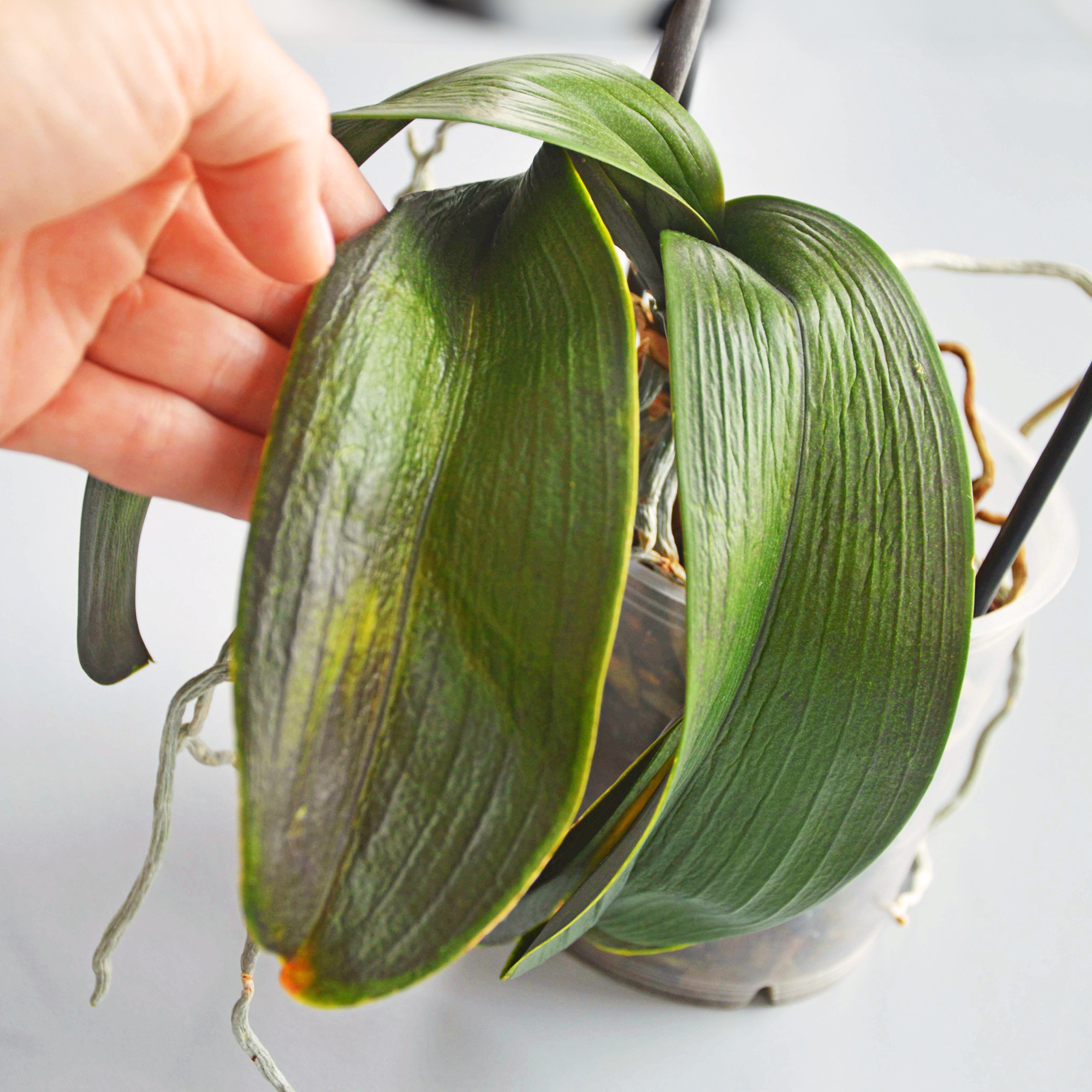 Orchid Leaves Wrinkled? 5 Common Causes & How To Restore Their Vitality
Orchid Leaves Wrinkled? 5 Common Causes & How To Restore Their VitalityAre your beloved orchid's leaves wrinkled? Worry not! Here are the most common causes for puckered orchid foliage, plus how to plump them back up.
By Tonya Barnett
-
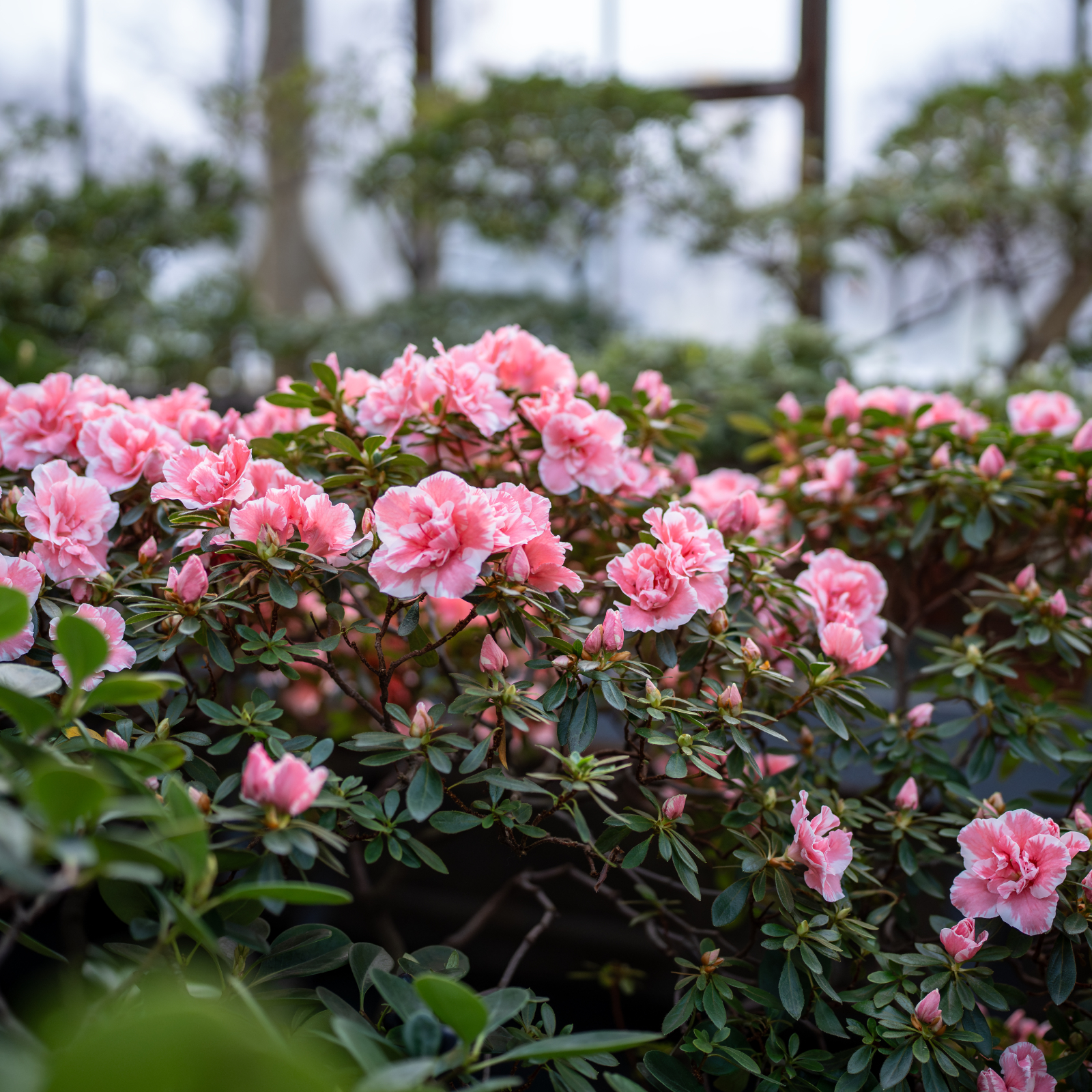 What Is The Size Of An Azalea? Explore Different Varieties That Will Suit Every Garden
What Is The Size Of An Azalea? Explore Different Varieties That Will Suit Every GardenThe size of azaleas can vary widely because they have been selectively bred for different landscape needs. Check out our picks for each size category.
By Mary Ellen Ellis
-
 5 Fabulous Fast-Growing Vines – That Will Quickly Climb Any Arbor, Trellis, Or Fence
5 Fabulous Fast-Growing Vines – That Will Quickly Climb Any Arbor, Trellis, Or FenceThese fast growing vines are perfect for covering any eyesores in your yard or creating a living fence. They will provide great visual interest, as well.
By Amy Grant
-
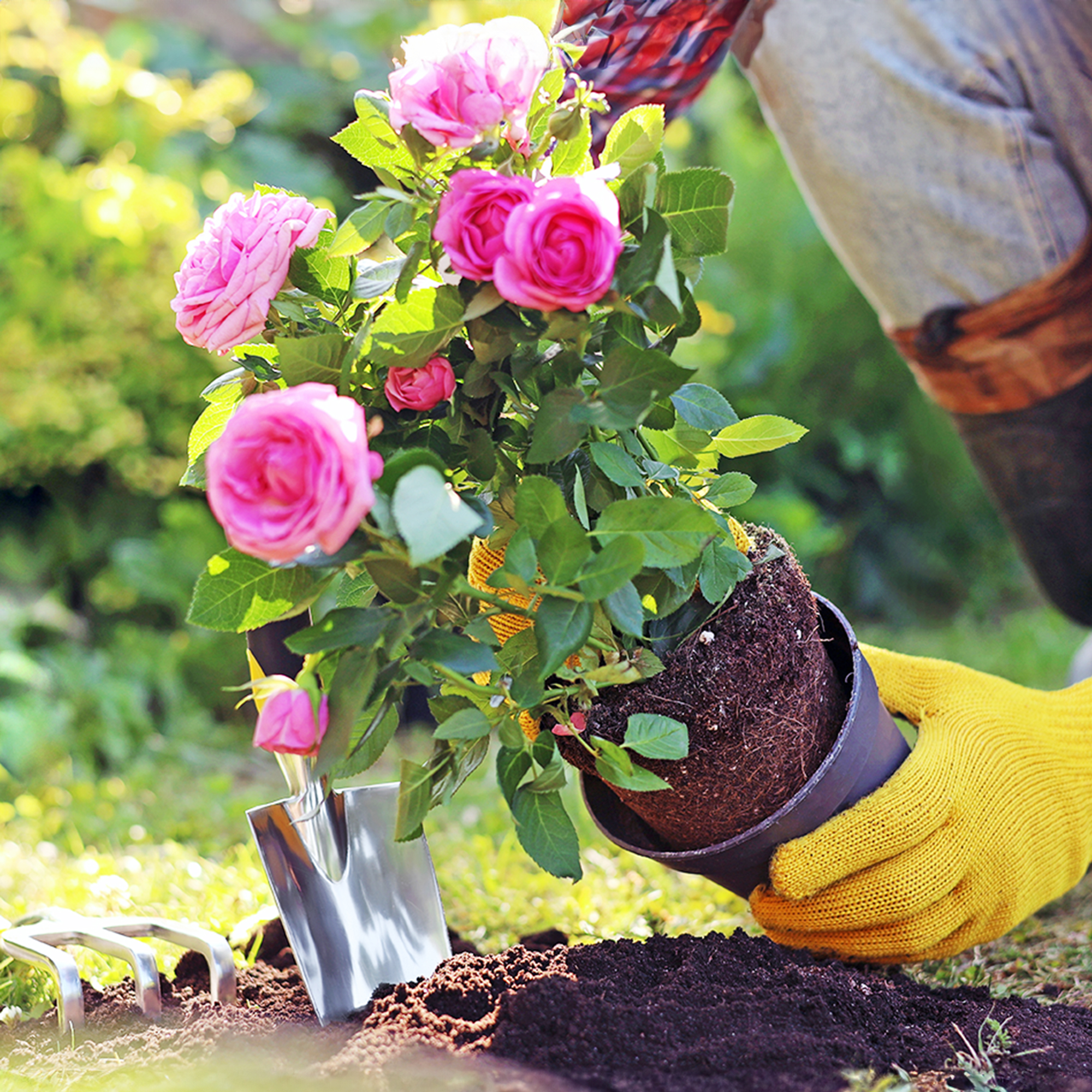 When To Plant Roses: The Best Time For Your Climate And Rose Type
When To Plant Roses: The Best Time For Your Climate And Rose TypePlant your roses at the right time and you will be rewarded with decades of glorious summer flowers – but get it wrong and you'll be crying over dead shrubs.
By Teo Spengler
-
 Spectacular Early Blooming Shrubs: 6 Sparkling Spring Flowering Bushes
Spectacular Early Blooming Shrubs: 6 Sparkling Spring Flowering BushesWant to kickstart your gardening year with dazzling spring flowering bushes for beds and borders? These unique early bloomers are sure to help you rise and shine!
By Teo Spengler
-
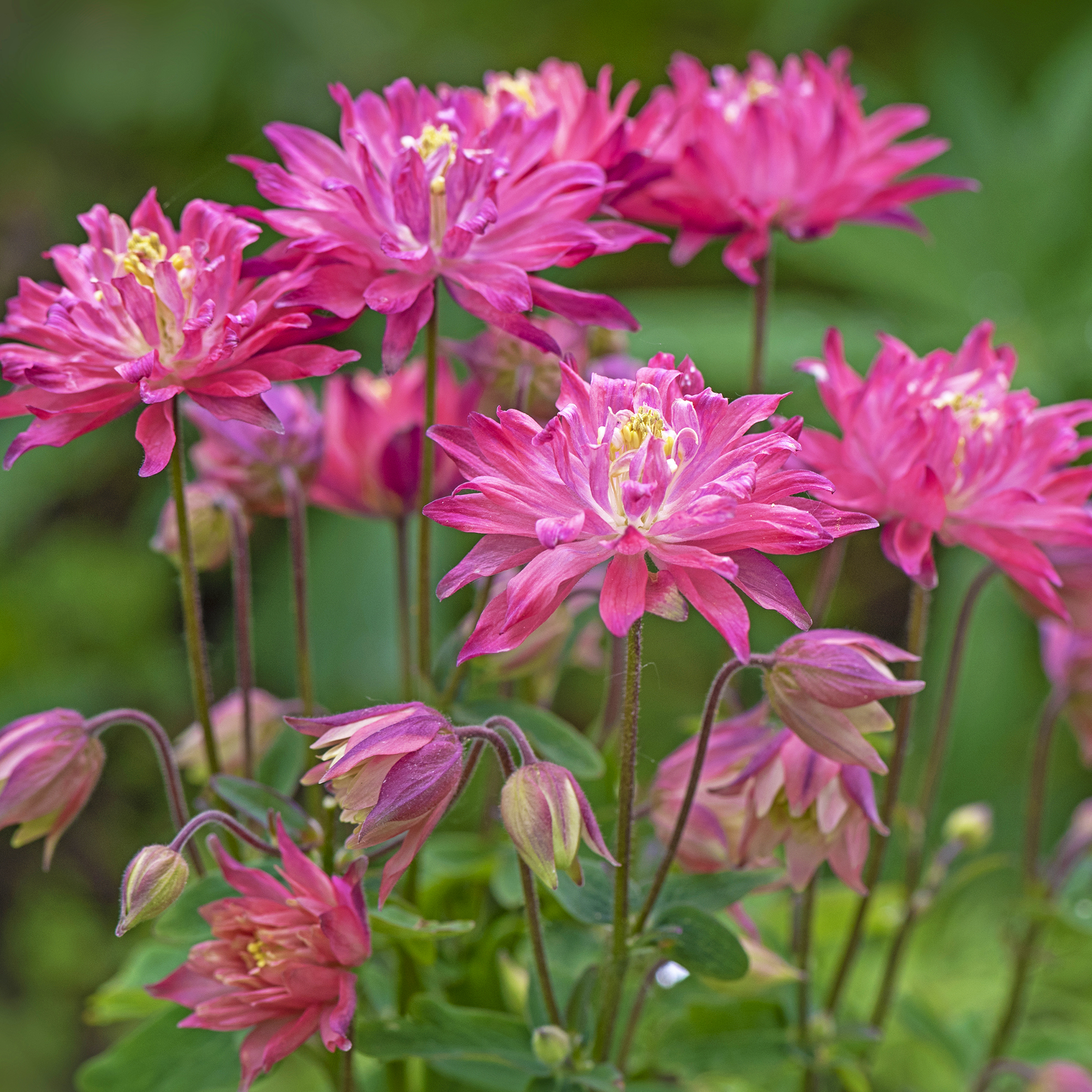 7 Shade-Loving Flowers To Start From Seed Now For A Stunning Summer Garden
7 Shade-Loving Flowers To Start From Seed Now For A Stunning Summer GardenTurn shady spots into vibrant new garden spaces with lovely and illuminating shade-loving flowers.
By Ellen Wells